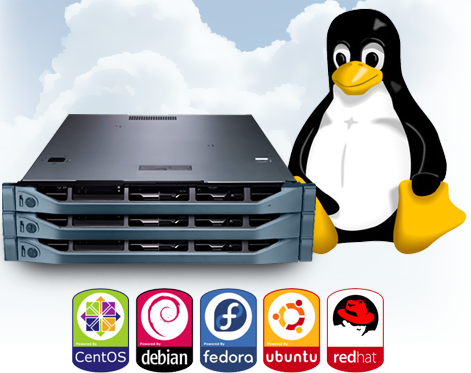Mount drive
Find device you want to mount
fdisk -l
Make a folder that will be the mount point.
Example using data as the mount point
sudo mkdir /home/yourusernamehere/data
Mount the device drive, example using /dev/sdb1. Use the one you need to mount
sudo mount /dev/sdb1 /home/yourusernamehere/data
Now you can access the drive at /media/data.
Auto-mount at boot
We want the drive to auto-mount at boot.
This means editing /etc/fstab.
It’s best to use the drives UUID. To find the drive’s UUID
ls -al /dev/disk/by-uuid/
Copy UUID for your disk and then open /etc/fstab for editing, I am using the micro editor.
sudo micro /etc/fstab
You want to add an entry for the UUID and mount point.
Add the entry to bottom of the file:
# <file system> <mount point> <type> <options> <dump> <pass>
UUID=3276-762376-7625676 /home/yourusernamehere/data ext4 defaults 0 2
Test /etc/fstab
We always want to test the fstab before rebooting.
A incorrect fstab file can render a disk unbootable.
Run command below to test loading /etc/fstab file
sudo mount -a
If no errors are returned, then it should be safe to reboot.
Unmounting drive
You can unmount drives using umount. To unmount the example we did above in the mounting section.
sudo umount /home/yourusernamehere/data
Mount is Root and not user
If it is mounted as root, then you will have to change the ownership of the folder.
chown <username> /home/yourusernamehere/data
chmod 0777 /home/yourusernamehere/data
